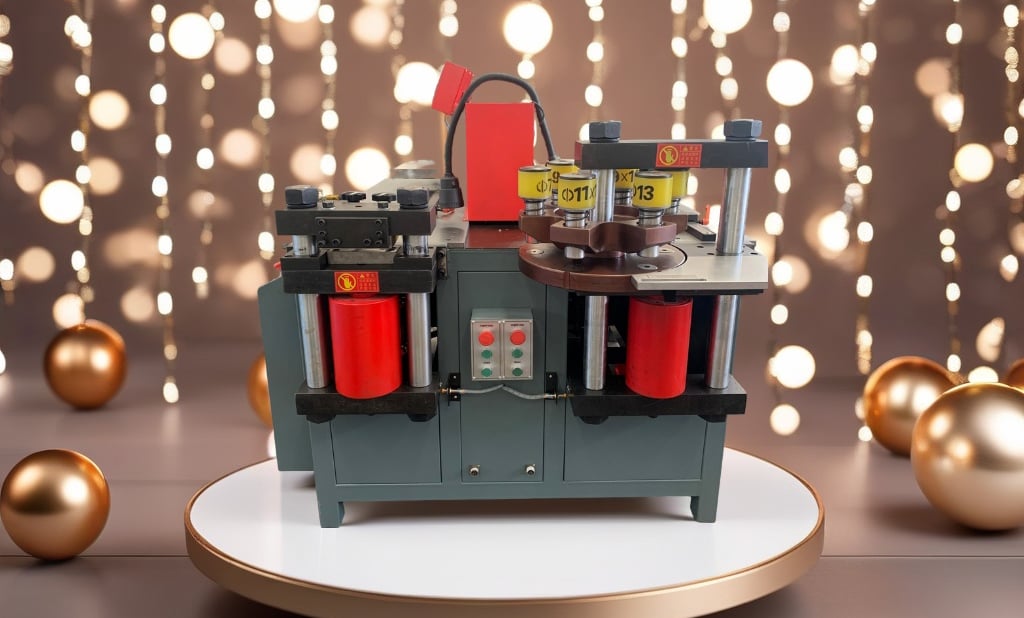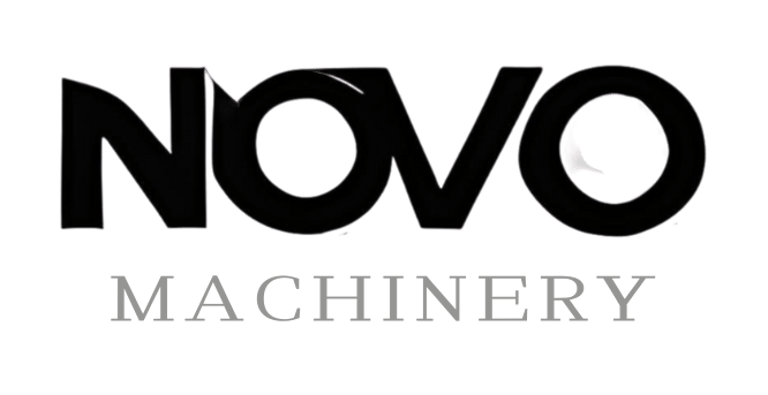Manual vs Hydraulic vs CNC: How to Choose the Type of Busbar Processing Machine for a Factory with Less Than 50 Employees in Southeast Asia?
7/1/20254 min read


Understanding Busbar Processing Machines
Busbar processing machines are essential equipment used in the manufacturing and assembly of busbars, which are conductive metal strips utilized to distribute electricity in electrical systems. The primary purpose of these machines is to ensure precise cutting, bending, and drilling of busbars, which are integral components in electrical switchgear, transformers, and distribution panels. They serve to enhance the efficiency and reliability of electrical distribution networks, particularly in industrial settings.
The functioning of busbar processing machines relies on various mechanisms depending on the type employed. Manual machines typically require the direct skillful input of an operator to perform tasks such as cutting and bending. These machines are often simpler in design and cost-effective, making them suitable for smaller factories with limited budgets and production needs. However, they demand higher labor involvement and can be time-consuming, which may not be ideal for high-volume production.
Hydraulic machines, on the other hand, leverage hydraulic power to execute operations on busbars, resulting in higher precision and efficiency. These machines can handle larger volumes and are suitable for producing complex shapes, making them attractive choices for factories aiming to optimize their workflow. Though these machines may come with a higher initial investment, the return on efficiency can significantly benefit small businesses in Southeast Asia aiming for growth.
Lastly, Computer Numerical Control (CNC) machines automate the entire busbar processing workflow. By utilizing software to control the machine’s movements, CNC technology allows for high precision and speed in manufacturing. This can drastically reduce production time and workforce requirements, making it a compelling option for factories looking to enhance their operational capabilities, albeit often at a higher cost.
In a region like Southeast Asia, where the demand for efficient electrical distribution systems is rapidly growing, selecting the appropriate busbar processing machine is crucial. This choice not only impacts productivity but also aligns with a factory's operational goals and investment capabilities.
Manual Busbar Processing Machines
Manual busbar processing machines remain a popular choice for small factories in Southeast Asia, particularly those employing fewer than 50 individuals. These machines operate without the complexities associated with hydraulic or CNC systems, making them an attractive option for businesses operating under budget constraints. The primary advantages of manual busbar processing machines are their cost-effectiveness, straightforward operation, and minimal maintenance requirements.
A significant benefit of manual machines is their affordability. For small enterprises, the initial capital investment is crucial, and manual busbar processing machines typically offer a lower price point compared to their hydraulic or CNC counterparts. This allows small factories to allocate funds more wisely while still achieving efficient processing of busbars. Furthermore, the learning curve for operating manual machines is generally less steep. Workers can quickly adapt to using this equipment, thus minimizing downtime, which is particularly important in smaller operations with limited personnel.
However, it's essential to consider the limitations of manual machines. They often require more physical labor, which may not be ideal for all factory environments. The efficiency of manual machines can also decline when tasked with high production volumes or complex cuts, as operators may struggle to maintain consistency over time. Therefore, they are most suitable for small-scale operations where production demands are relatively low, and precision requirements are manageable.
In practical terms, small factories should evaluate their specific needs, including processing volume, production speed, and available workforce. When production demands are low and budgets are tight, manual busbar processing machines can provide an effective solution. Ultimately, these machines can serve as a reliable entry point into busbar processing before scaling operations or considering more sophisticated technologies in the future.
Hydraulic Busbar Processing Machines
Hydraulic busbar processing machines are highly specialized tools designed to efficiently process busbars, which are critical components in electrical distribution systems. These machines utilize hydraulic pressure systems to achieve high levels of precision and force, making them suitable for various applications such as bending, punching, and cutting busbars made from different materials. One of the key advantages of hydraulic machines is their ability to generate significant power without requiring substantial physical effort from the operator. This feature can enhance productivity and reduce labor costs, particularly in a small factory setting with less than 50 employees.
Furthermore, the hydraulic system allows for quick adjustments and consistent performance, which is vital in environments where production speed and quality are paramount. By incorporating a hydraulic busbar processing machine, manufacturers can achieve high output levels while maintaining tight tolerances, leading to improved product quality. It is essential, however, to consider the initial investment required for these machines, as hydraulic systems can be more expensive than manual alternatives. This investment should be carefully weighed against the potential output gains and efficiency improvements.
Maintenance is another important factor to consider when selecting hydraulic busbar processing machines. These systems require regular servicing to ensure optimal performance and longevity. This includes checking hydraulic fluid levels, inspecting hoses and fittings, and maintaining the precision components of the machine. Small manufacturers must account for these maintenance needs within their operational budgets, as neglecting them can lead to costly downtime and repairs. In essence, hydraulic busbar processing machines present a compelling option for small factories looking to scale their production capabilities, but managing the cost of investment and maintenance will be crucial for sustainable operations in the long term.
CNC Busbar Processing Machines
CNC (Computer Numerical Control) busbar processing machines represent a significant advancement in metal processing technology. These machines utilize computer software to control the movement of tools and machinery with high precision. The ability to program specific parameters allows for repeatable, accurate cuts and bends, making CNC machines particularly advantageous for busbar production. Their precision capabilities not only enhance the quality of the finished products but also minimize material wastage, contributing to a more efficient manufacturing process.
One of the key benefits of CNC busbar processing machines is automation. By automating various processes, these machines reduce the amount of manual labor required, significantly lowering labor costs. For small factories with less than 50 employees, the automation offered by CNC technology can enhance productivity. This increased efficiency often translates to higher production rates, allowing businesses to meet growing market demands without proportionately increasing workforce size or operational hours.
When comparing CNC machines to manual and hydraulic options, it's essential to consider the long-term implications of each type. While manual machines often require extensive operator skill and experience, resulting in potential inconsistencies, hydraulic machines may provide power but lack the precision and flexibility that CNC systems offer. Therefore, for factories in Southeast Asia aiming for future growth, investing in CNC busbar processing machines may indeed justify the higher initial cost. The potential for cost-saving through reduced labor, coupled with enhanced quality and precision, is a compelling argument for adopting this advanced technology.
Innovate
Leading manufacturer of busbar processing equipment solutions.
Contact
Support
+131 2713 4627
© 2025. All rights reserved.
